-
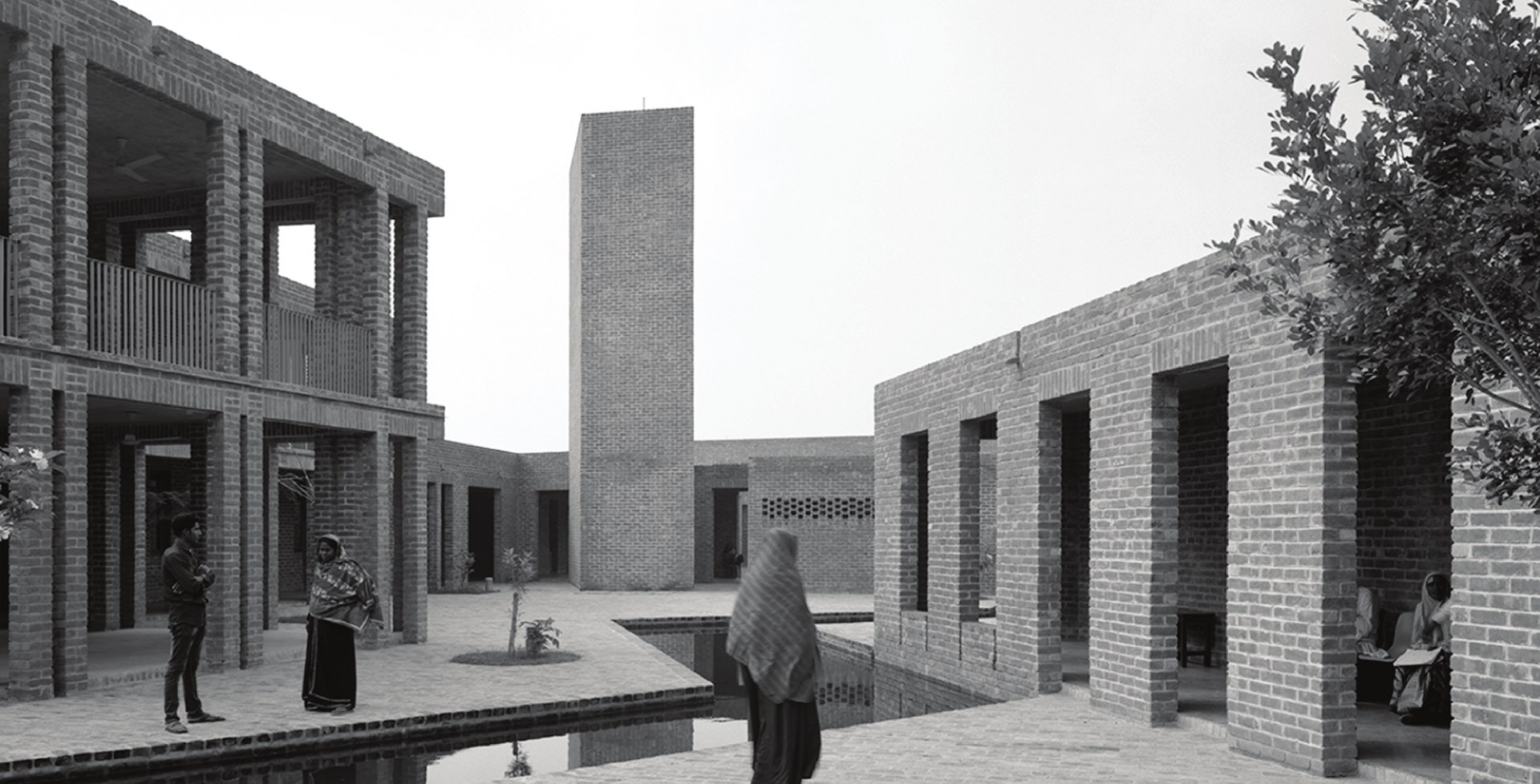
-
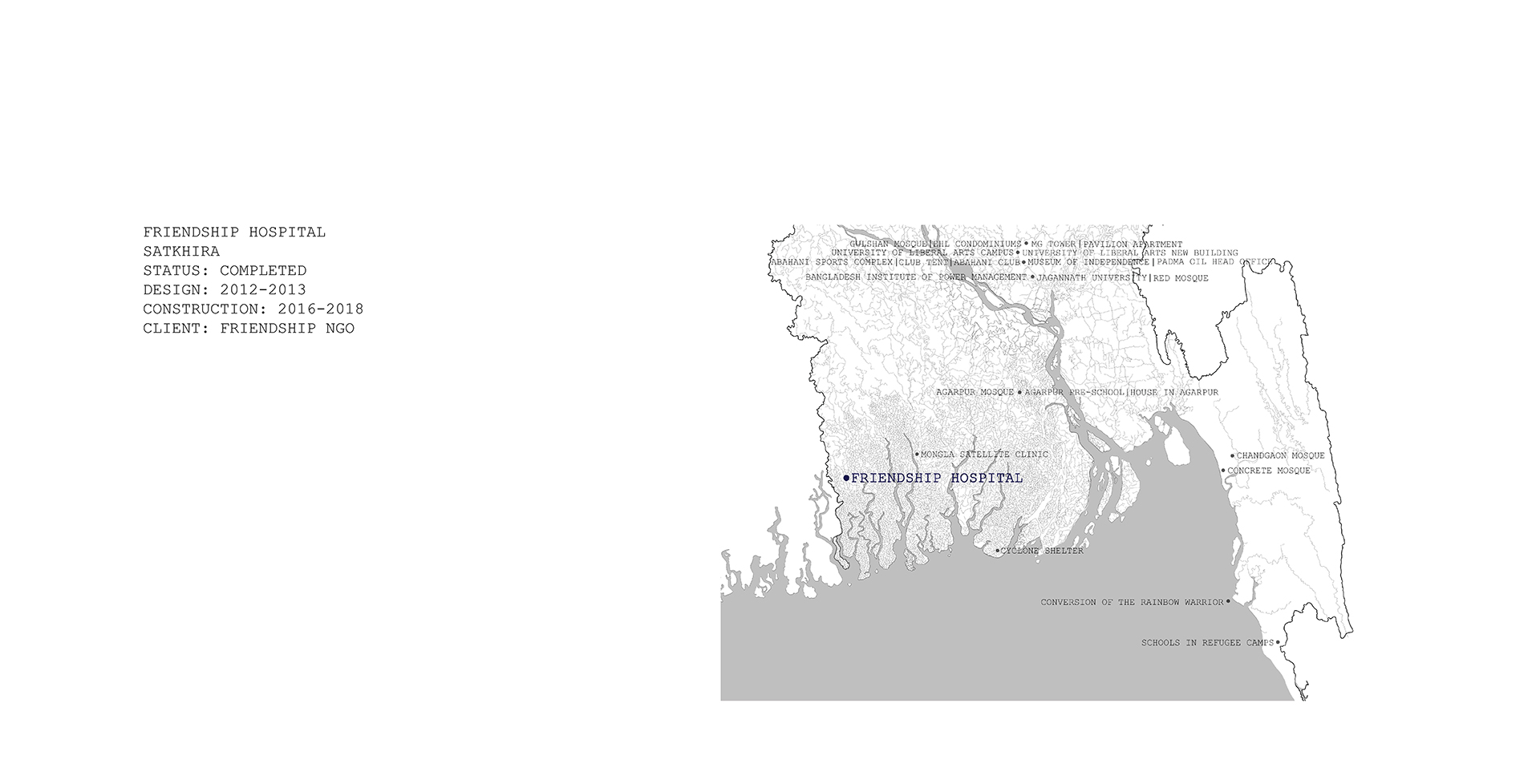
-
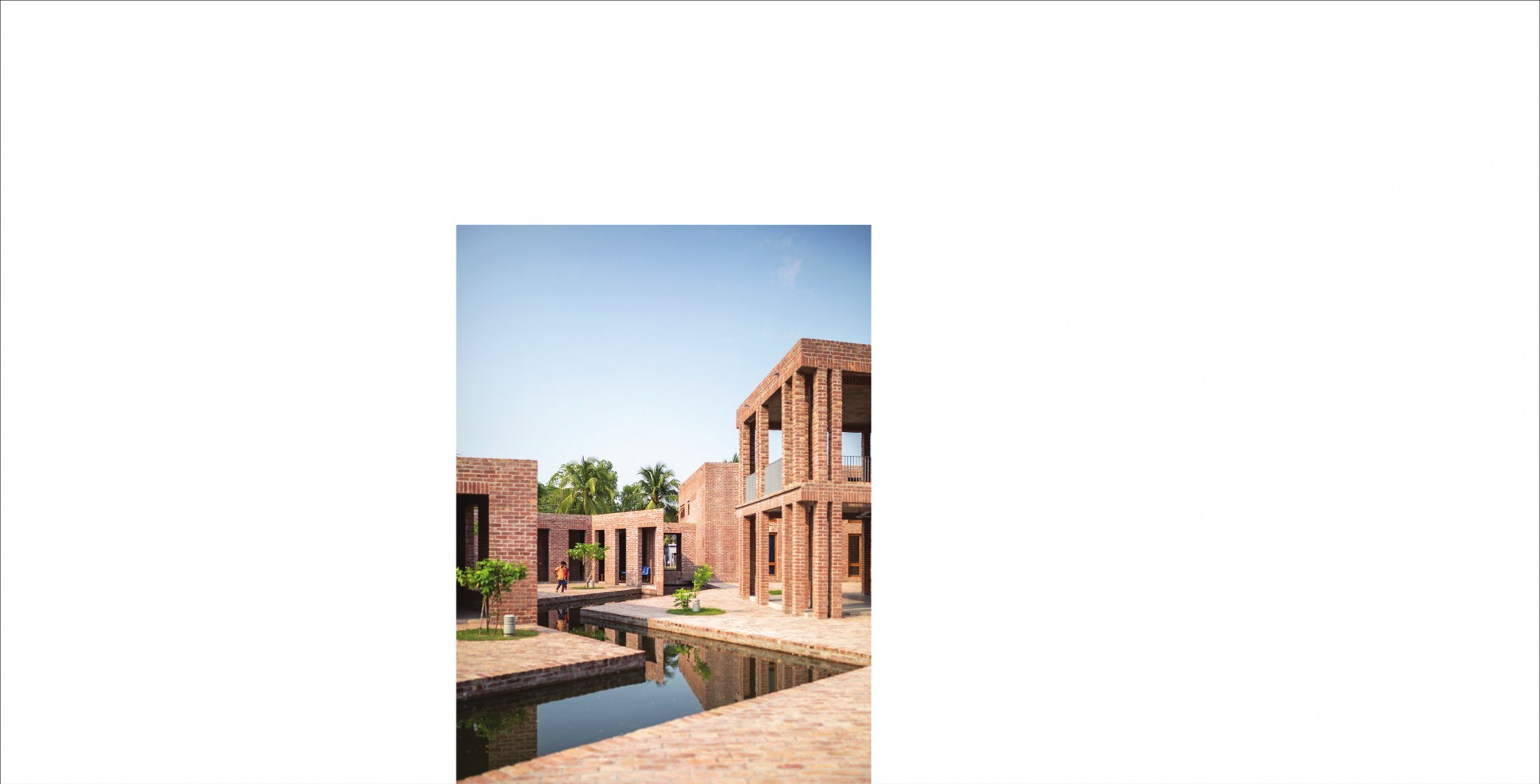
-
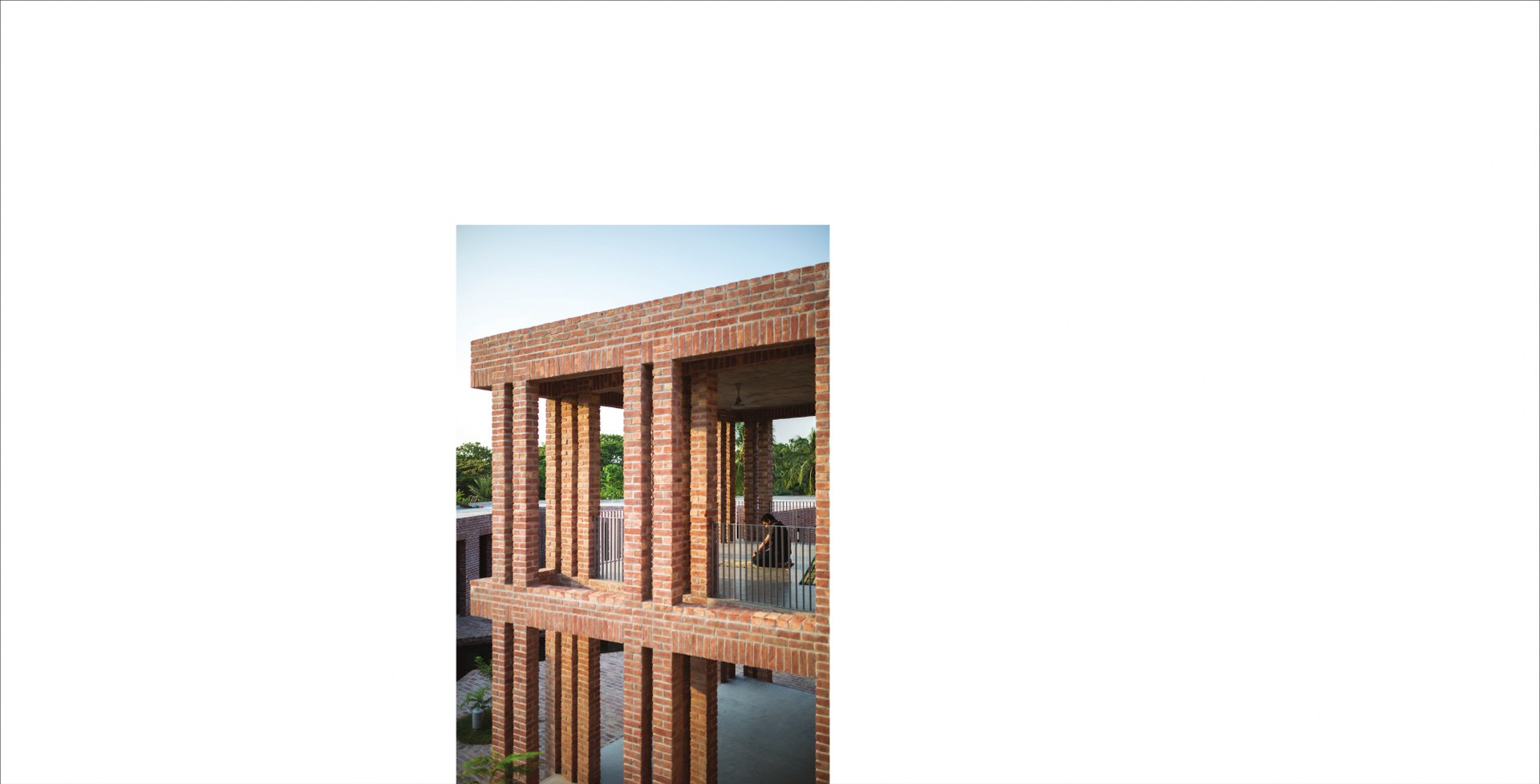
-
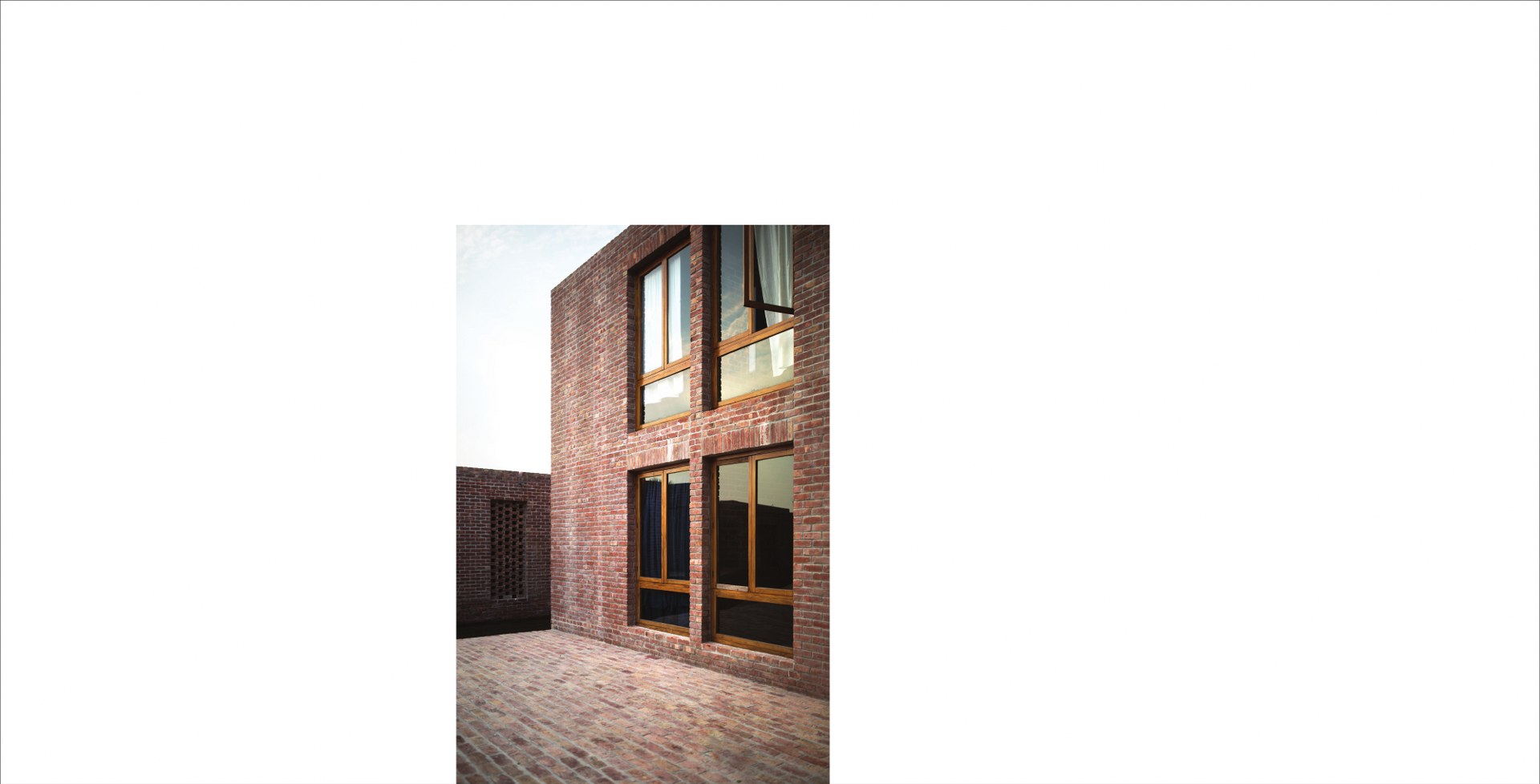
-
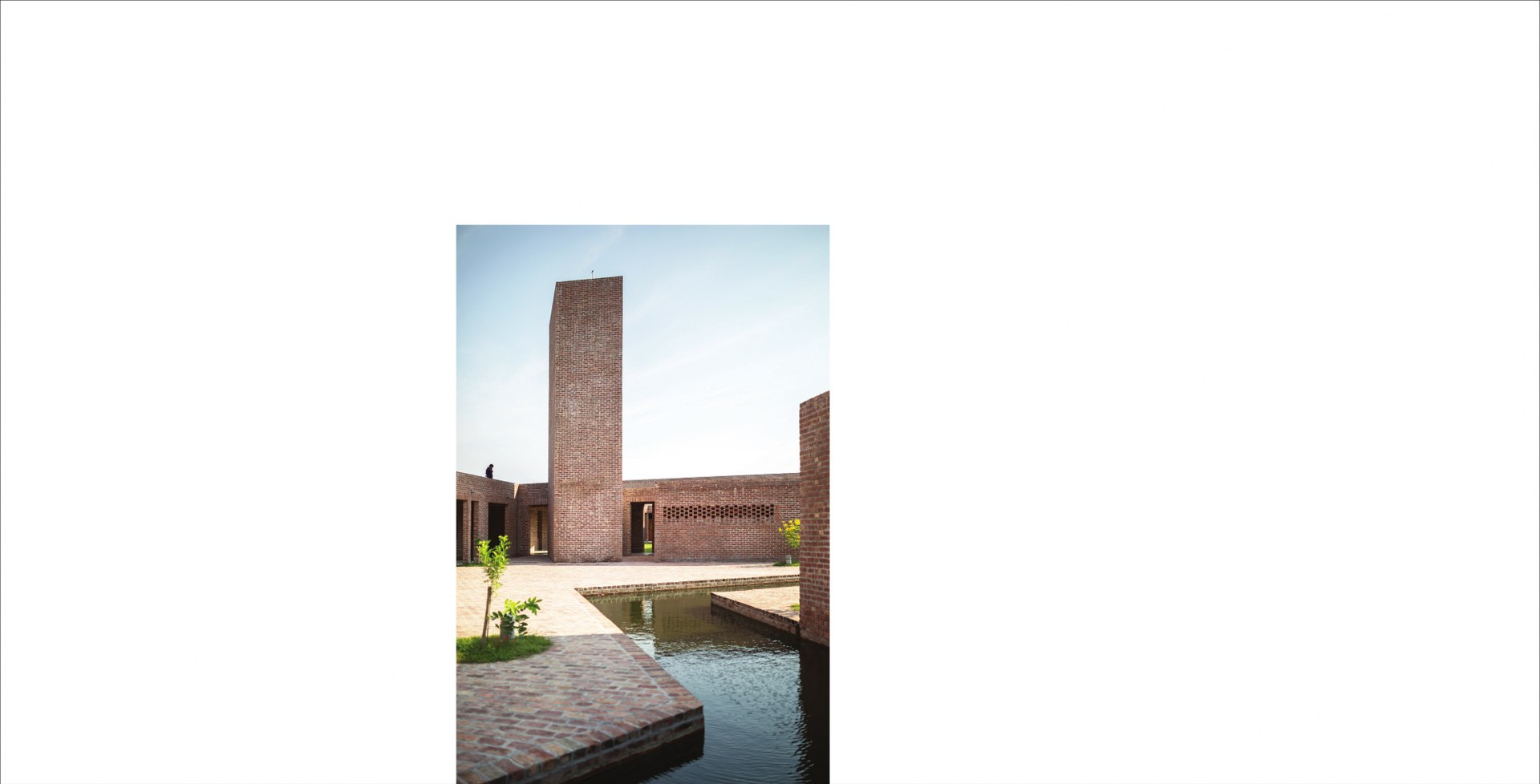
-
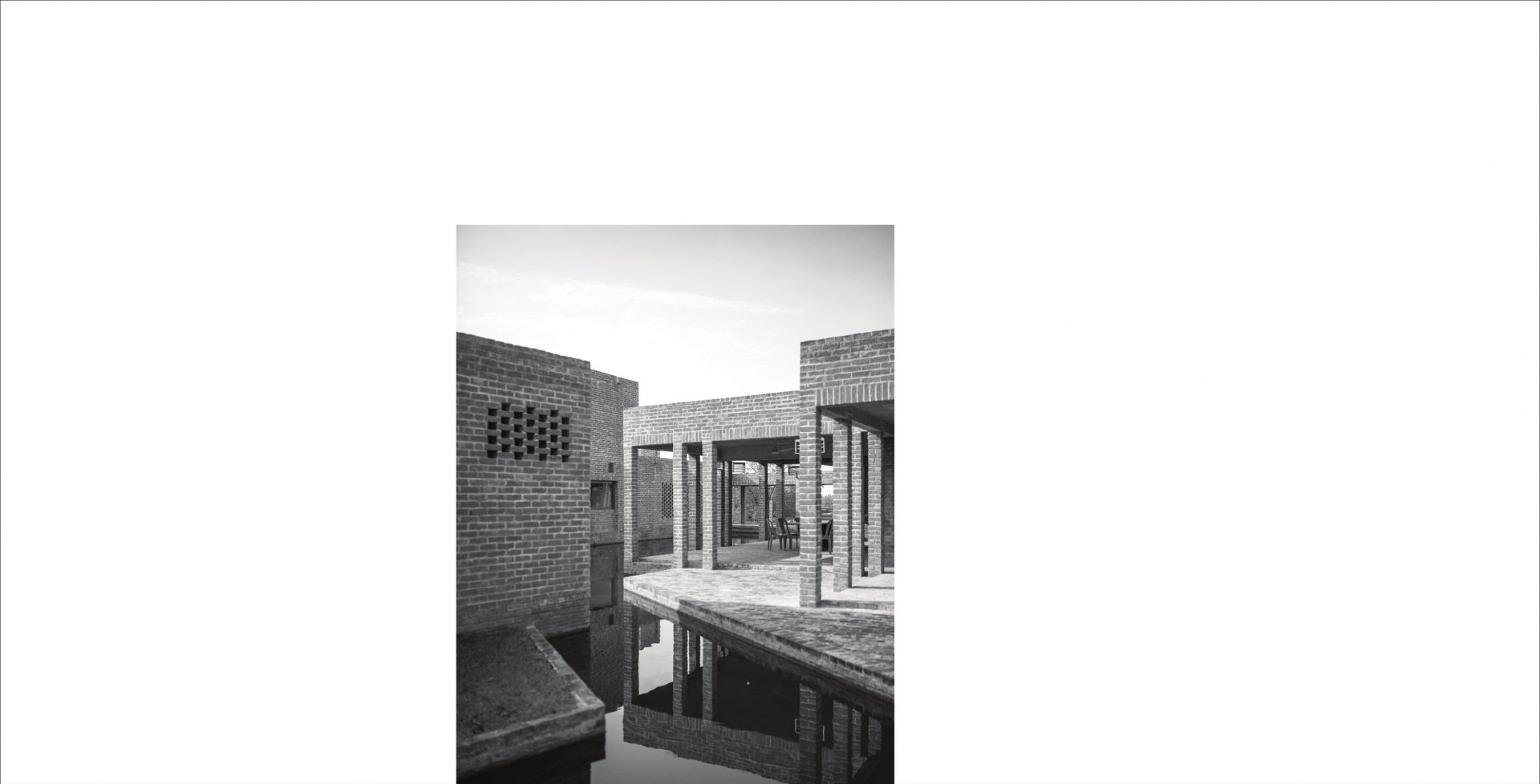
-
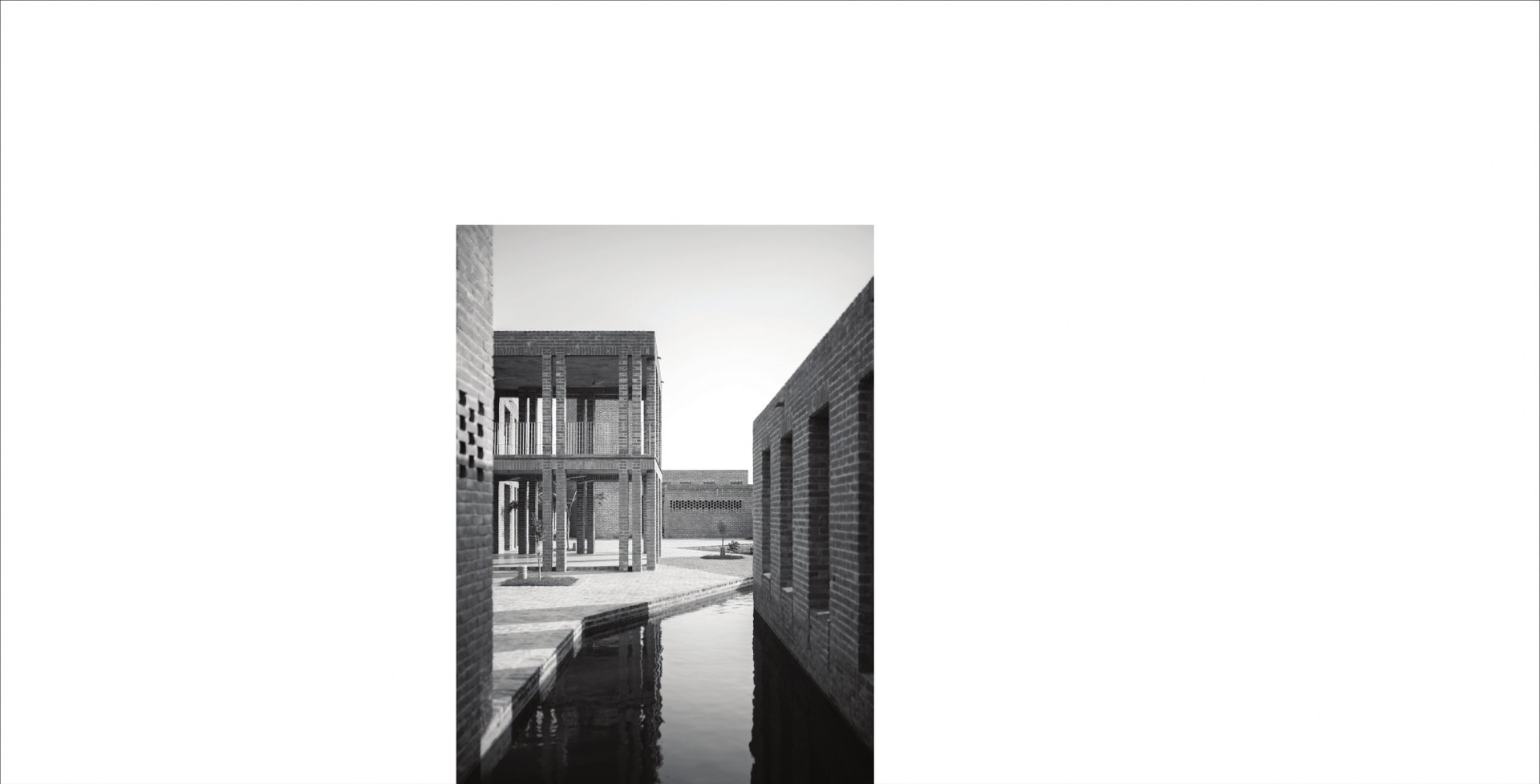
-
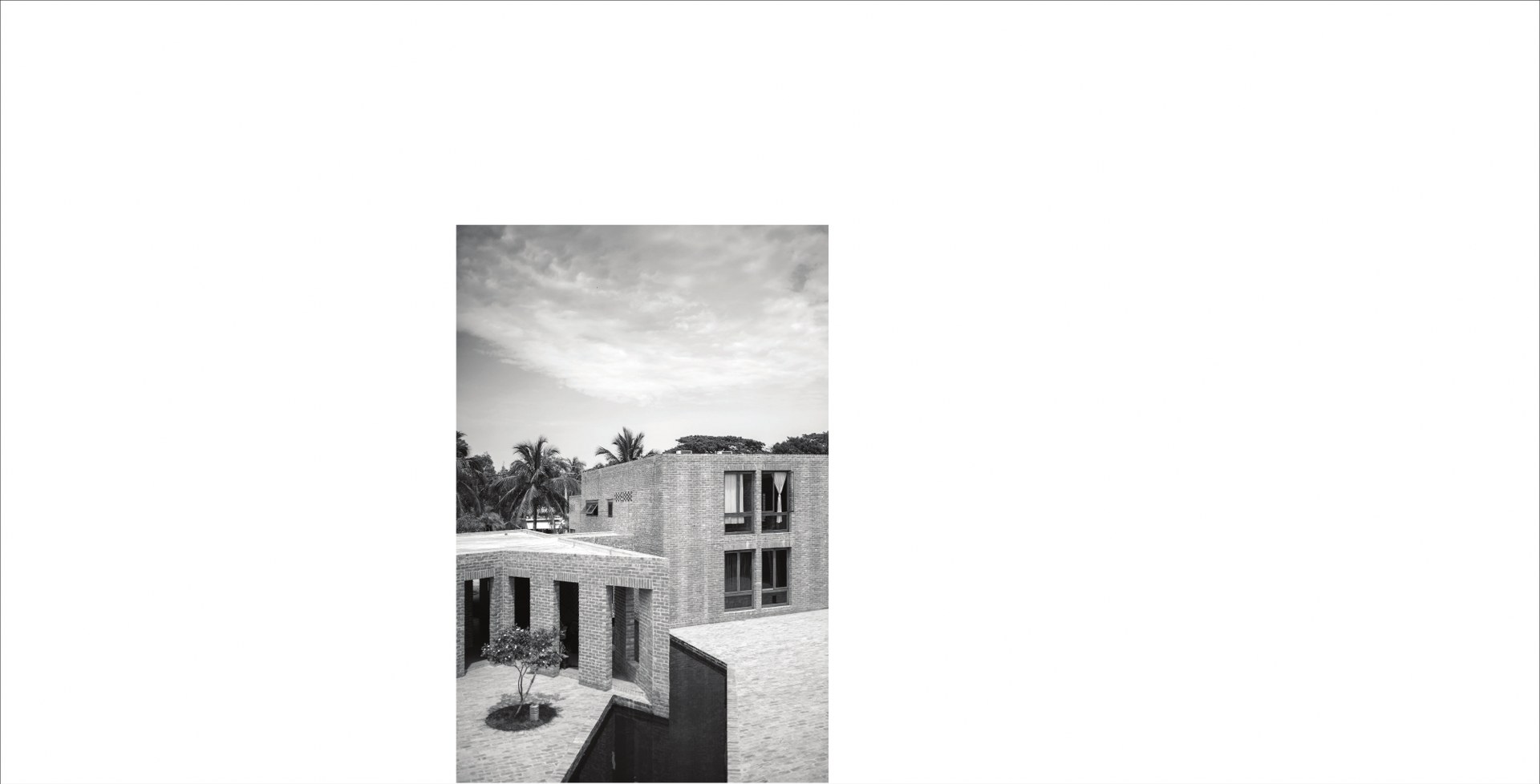
-
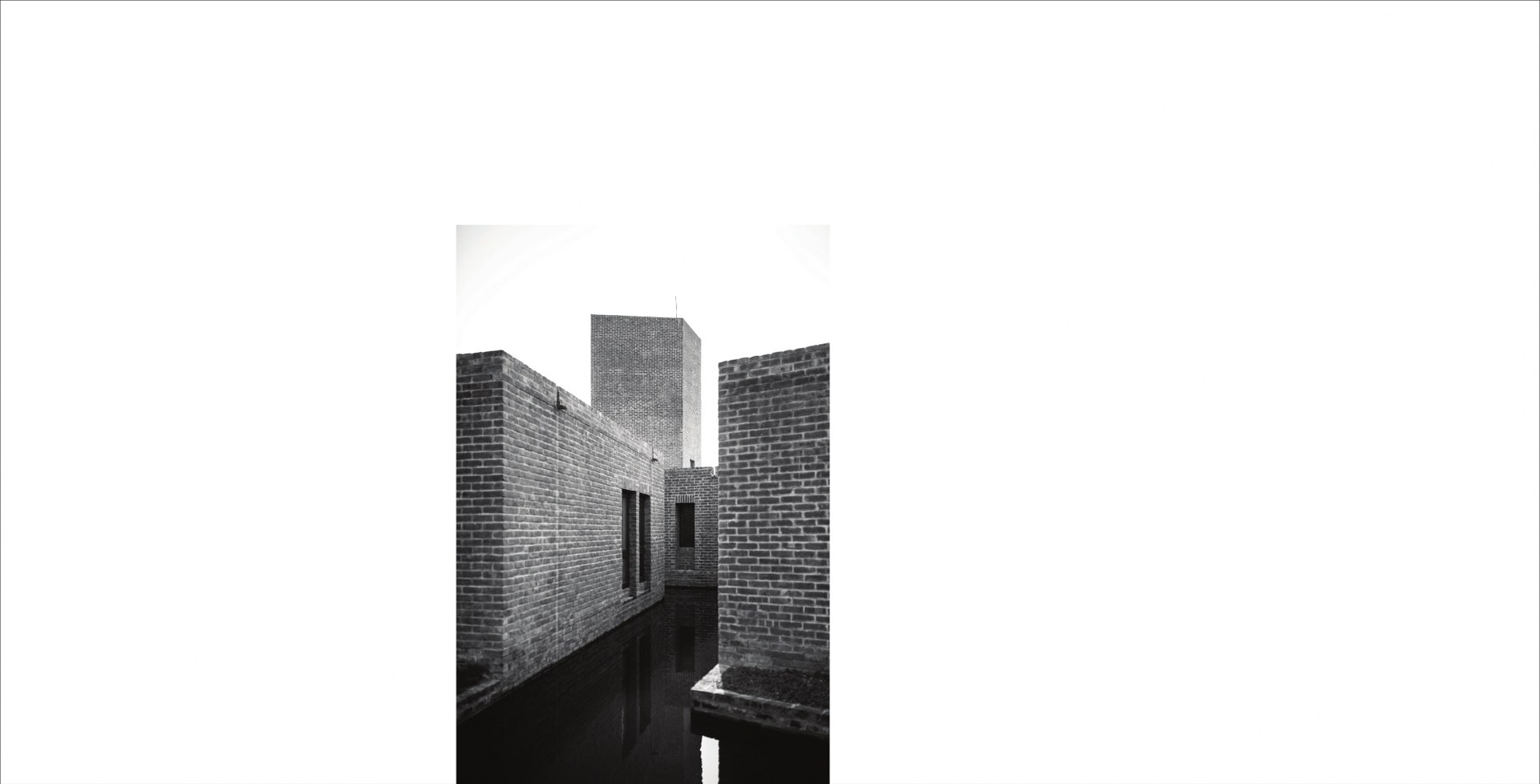
-

-
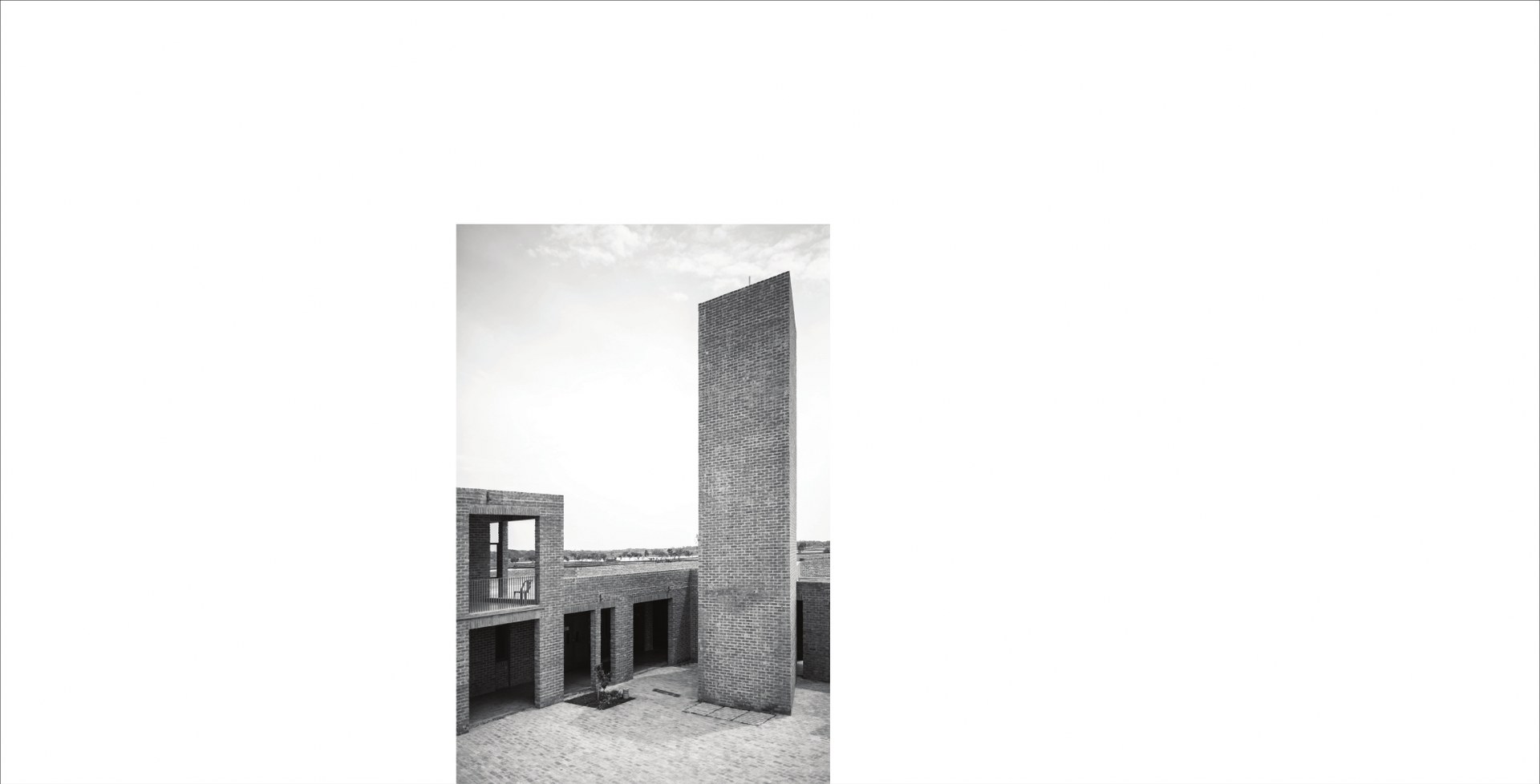
-
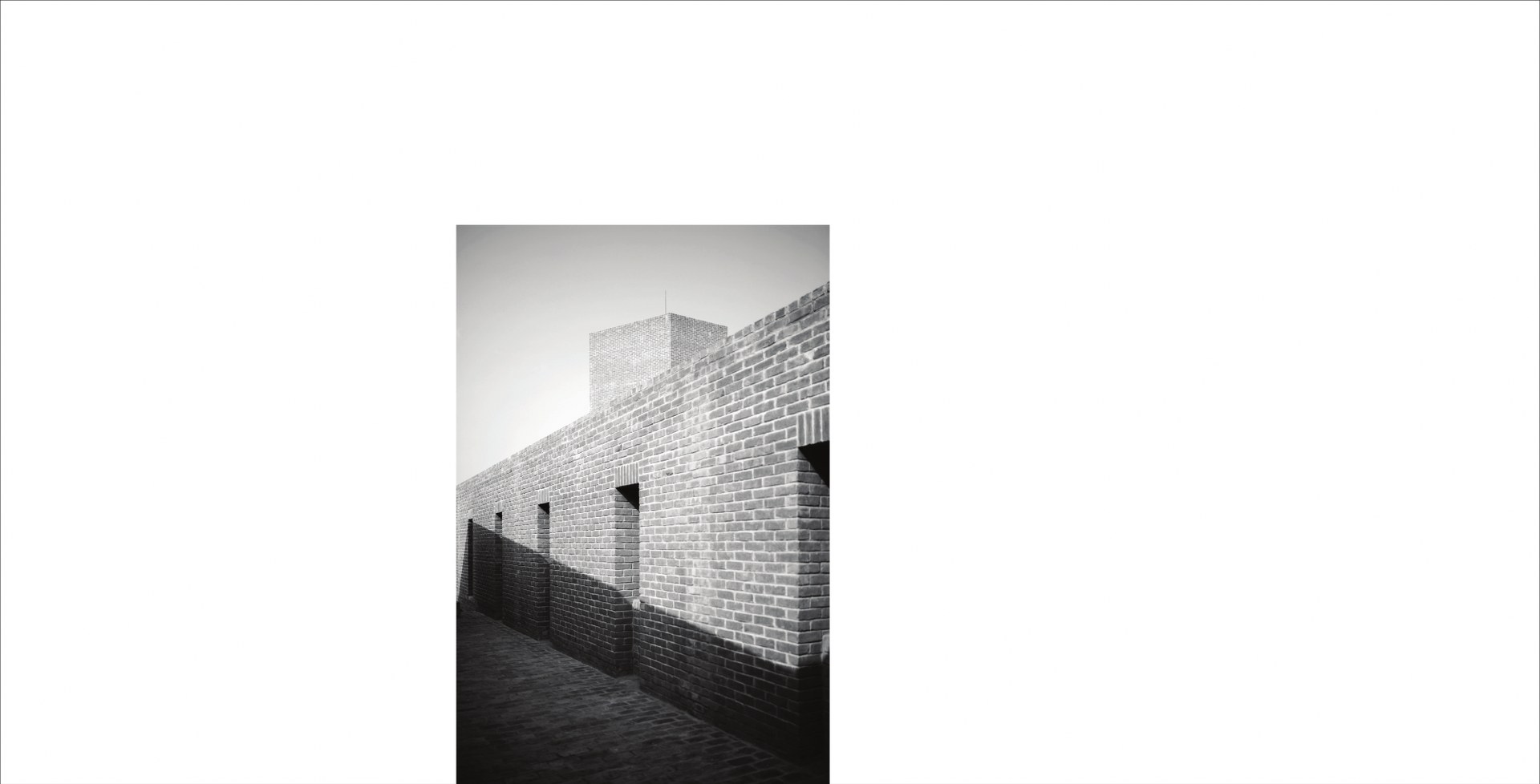
-
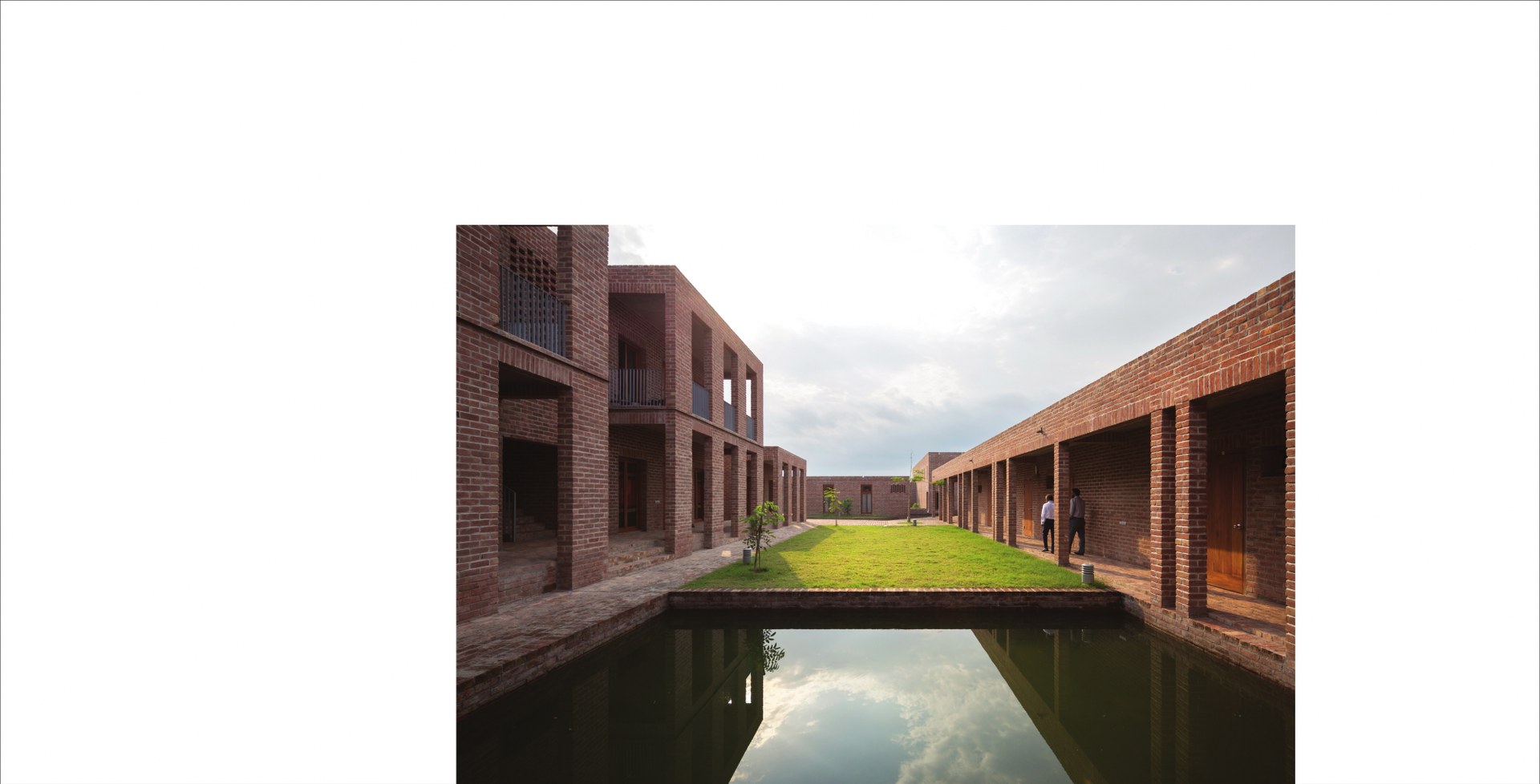
-
Located in a remote rural area near the Sundarbans mangrove forests, the villages surrounding the project has remained largely under-developed. Here, even at 65 kilometers from the Bay of Bengal, seawater has crept in and has rendered both soil and ground water saline. As a consequence, agriculture is no longer possible and farmers have turned to shrimp farming. In this natural, nature ravaged milieu and an economy decimated by rising sea levels, the aim was to build an 80-bed hospital, with high efficiency and efficacy. But the campus also had to integrate with its village surroundings, and employ sustainable solutions for it to be built and maintained with bare minimum funds.
A series of courtyards were introduced to bring in natural ventilation to function spaces, while air-conditioned areas such as operating rooms were placed in wind shadow. Penetration of air and reflected sunlight into all rooms were studied in detail, resulting in the building blocks being turned to face the directions of sun and wind flow. The resulting broken forms of the courtyards were addressed in a way that standing in any court, one would experience only orthogonal geometry. This led to the discovery of surprising forms and spaces in the peripheries of courts.
-
In the initial stages, the need to separate inpatient and outpatient departments divided the tight site into separate areas. Access control at various points was increasingly becoming an overriding factor for what was otherwise designed to be a campus of flowing interconnected spaces. The solution was a barrier which would retain visual continuity - hence the introduction of the canal which traverses the site, controlling access while collecting all of the rainwater falling within the area of the complex. At either end are two large tanks, which hold the harvested water - a valuable resource where the saline ground water is unusable for most practical purposes.
In believing in the healing power of architecture, especially during recuperative stages of medical care, the design of the hospital was quietened to arrive at calm, sun-filled spaces. As the canal meanders through the turned buildings facing sun and wind, the campus became increasingly a miniature abstraction of the Bengal delta.
-
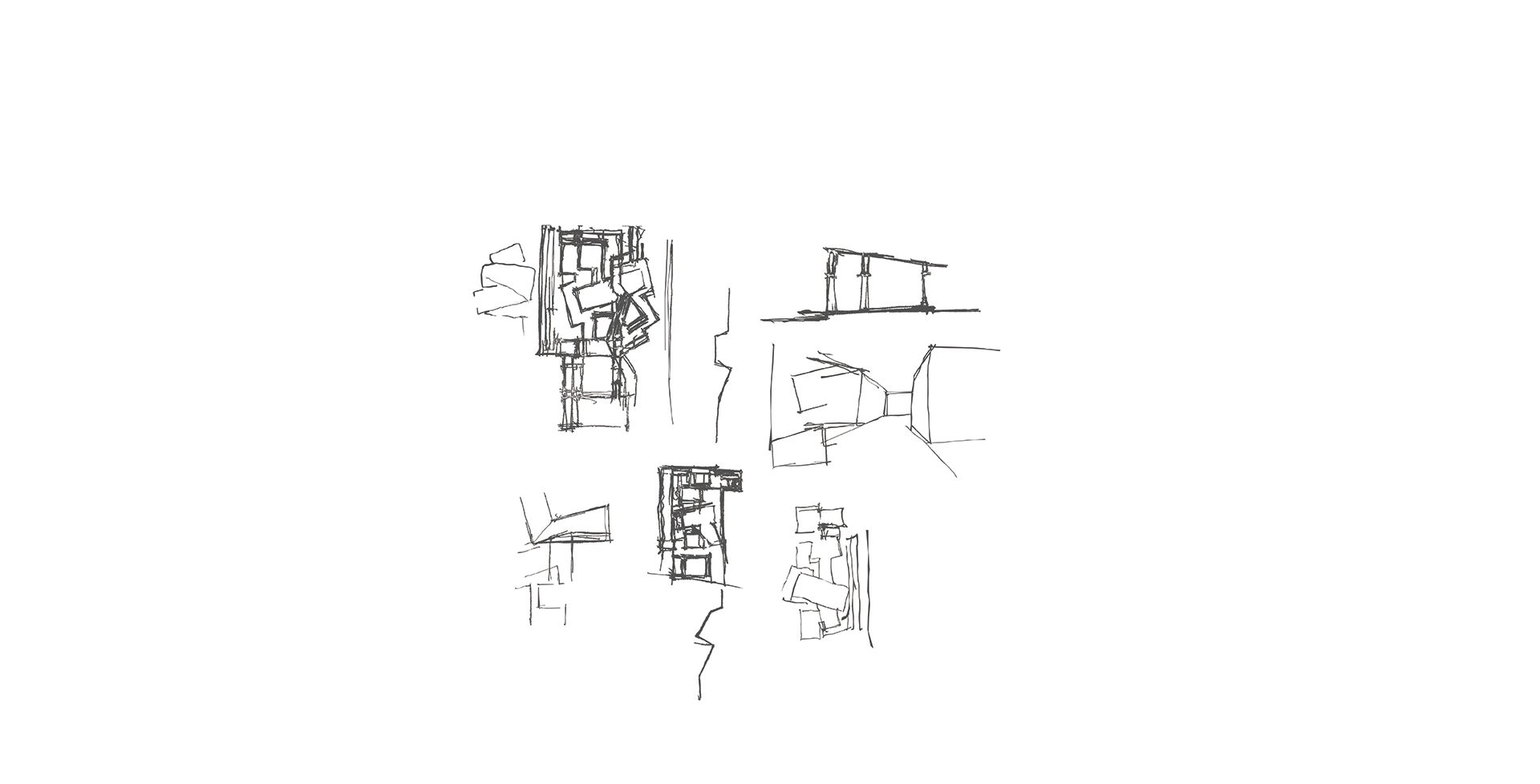
-
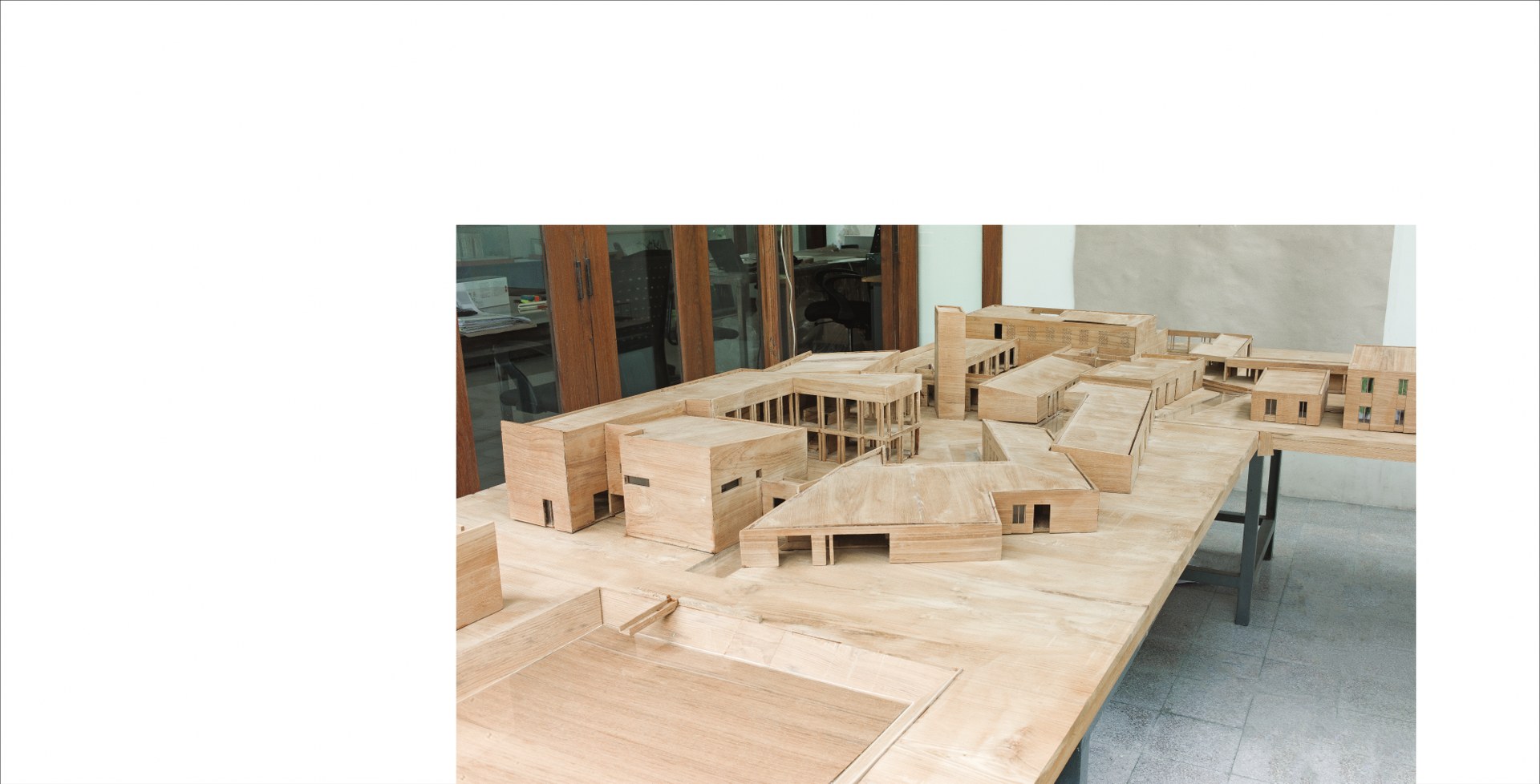
-

-
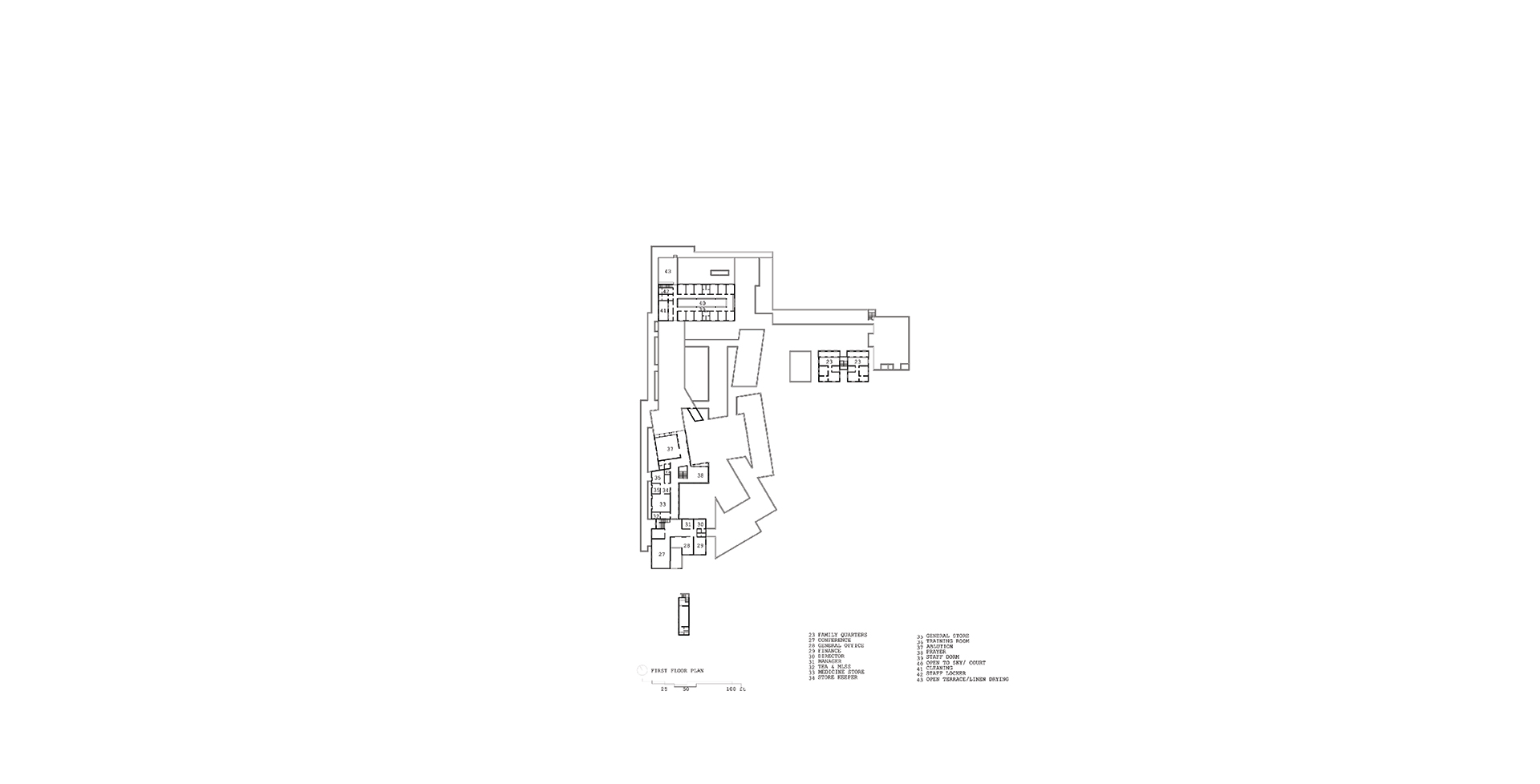
-
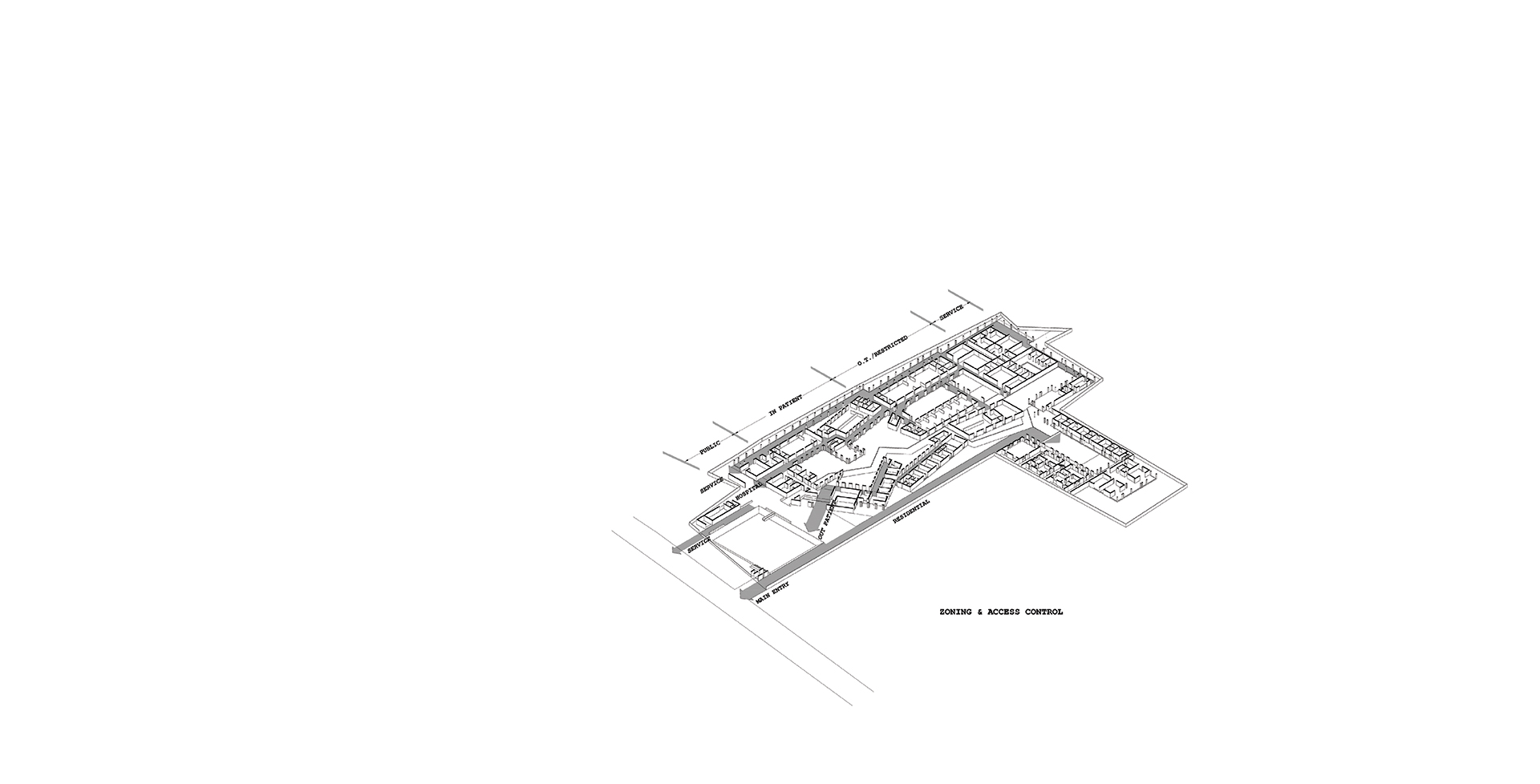
-
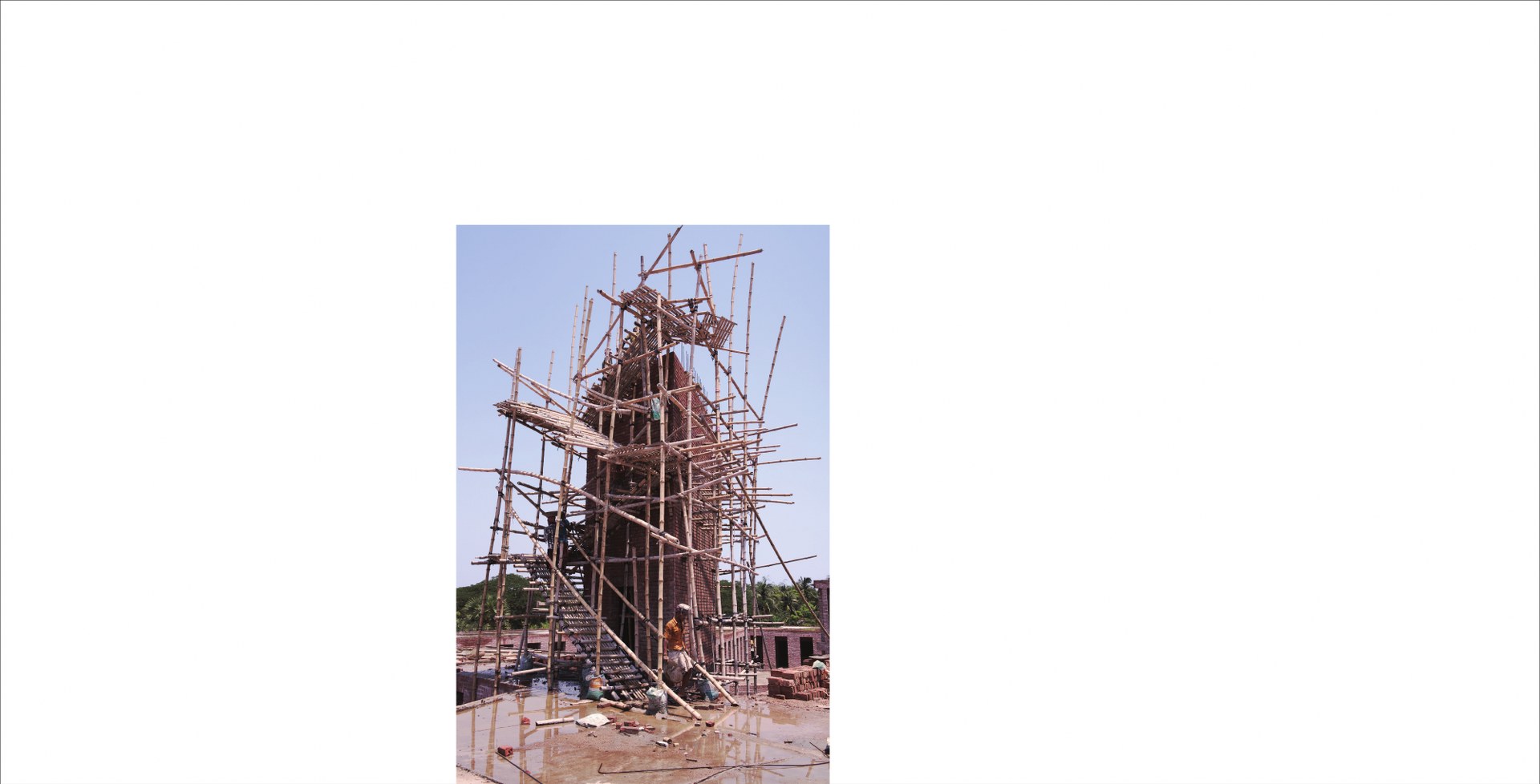
-
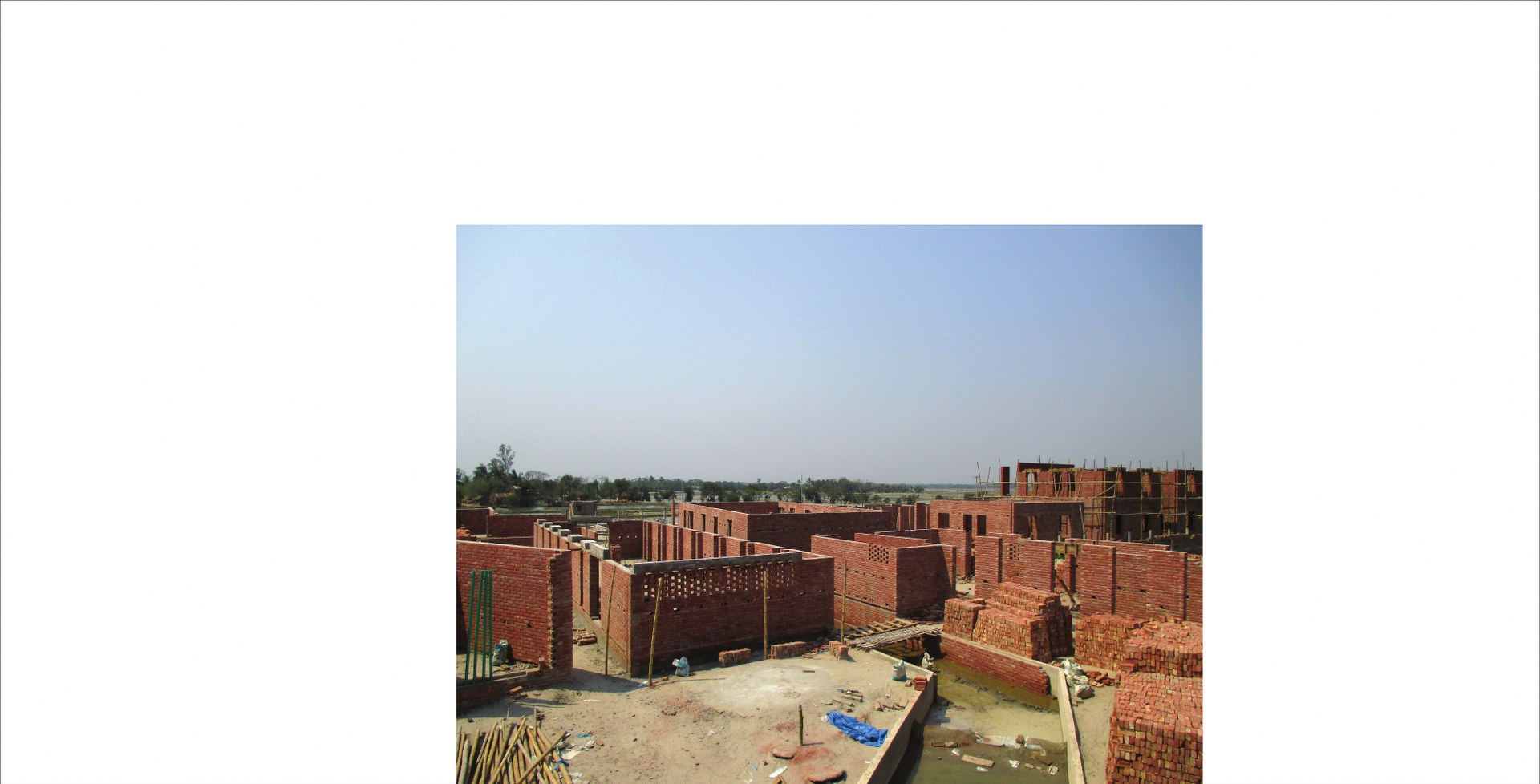
- Climate Change
- Built/Unbuilt
- Exhibitions
- Practice
- Publication & Lectures
- Info
- News
- Education & Institution
- Art Spaces
- Health & Leisure
- Live, Work & Industry
- Spiritual
- Museums
- Sports
- Rural - Urban